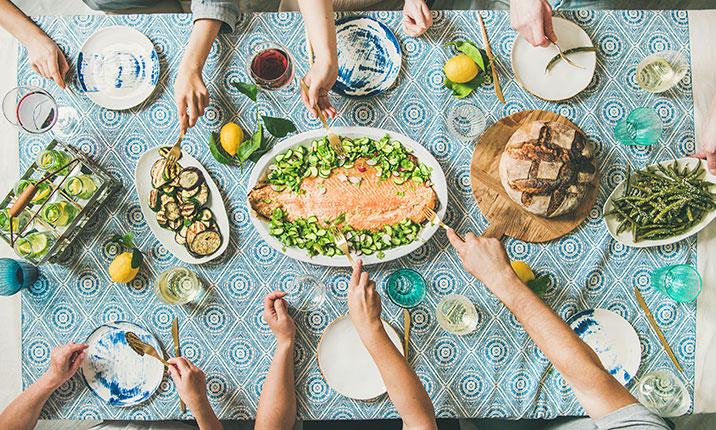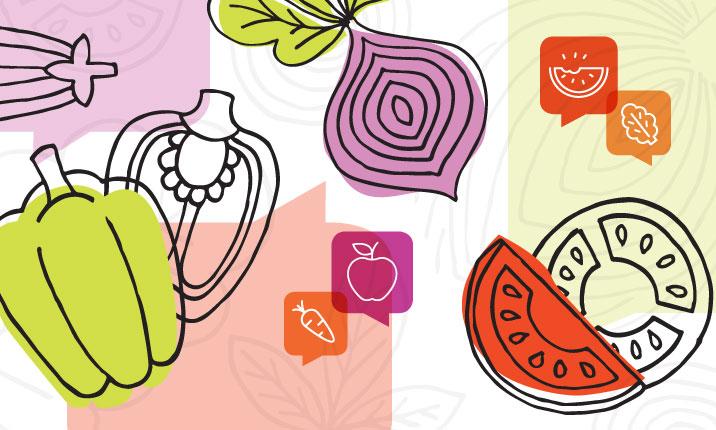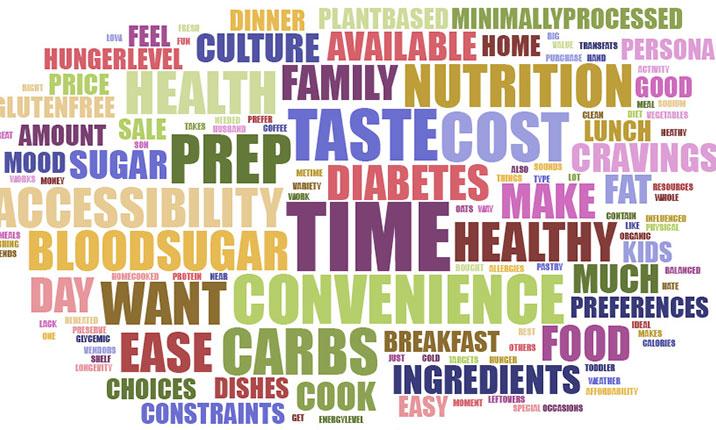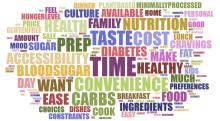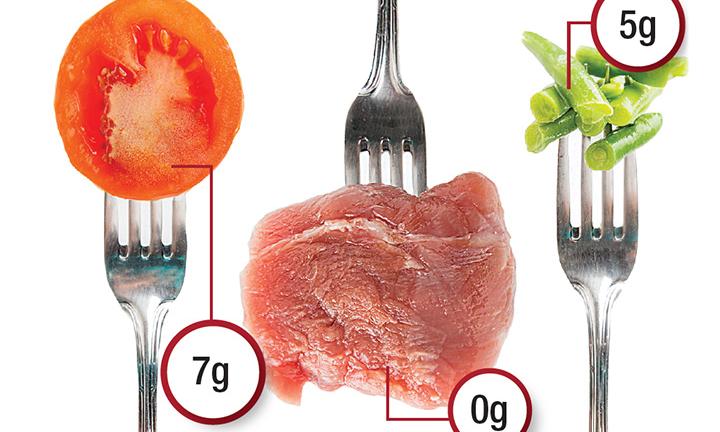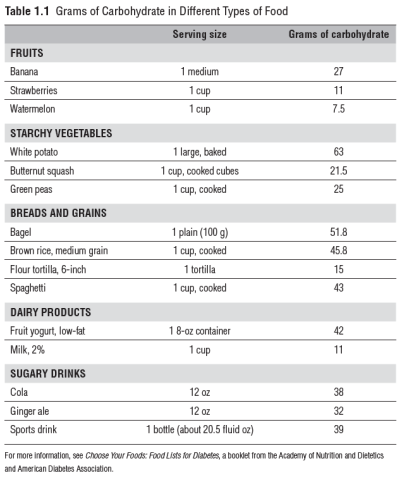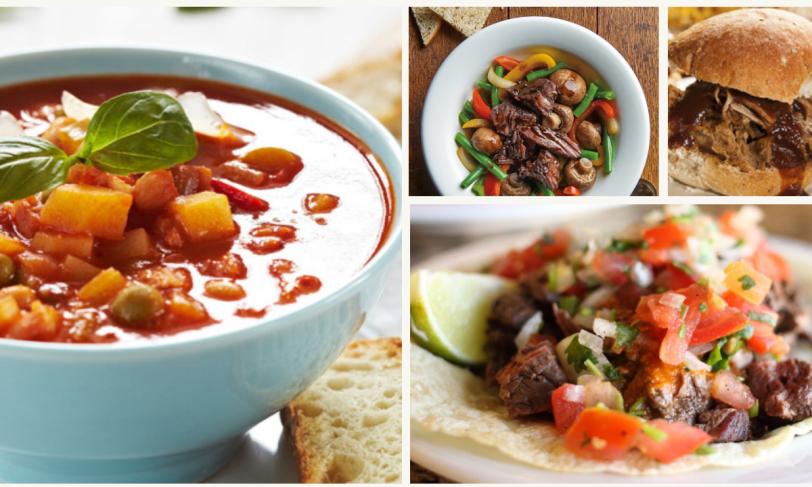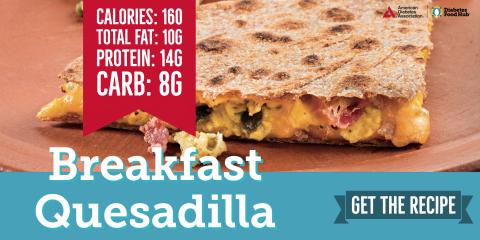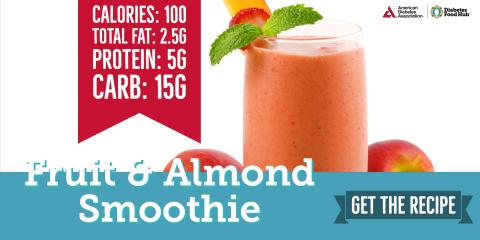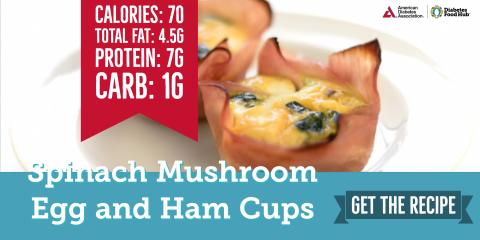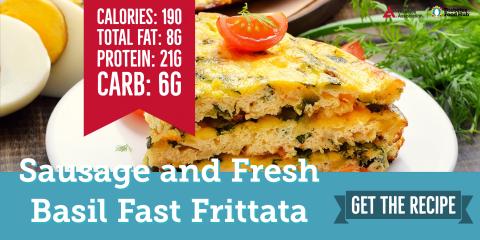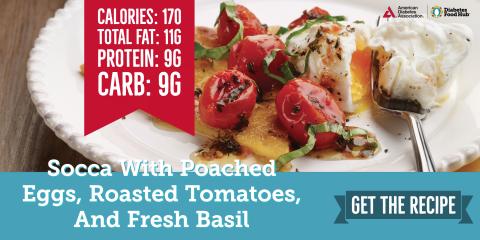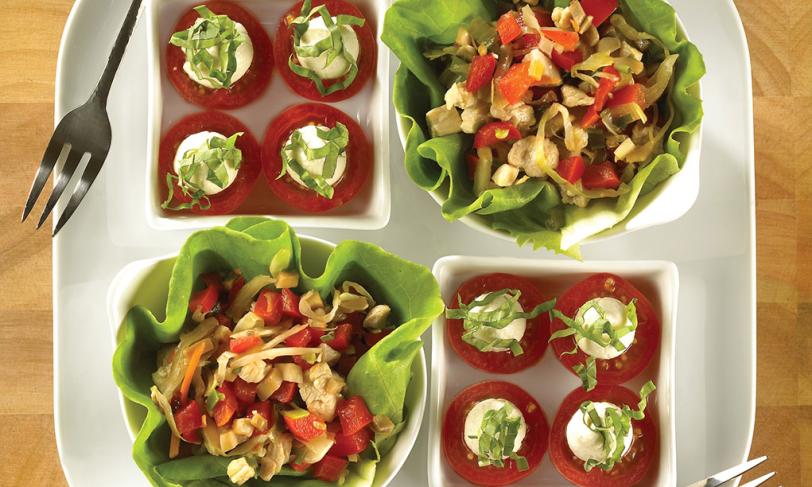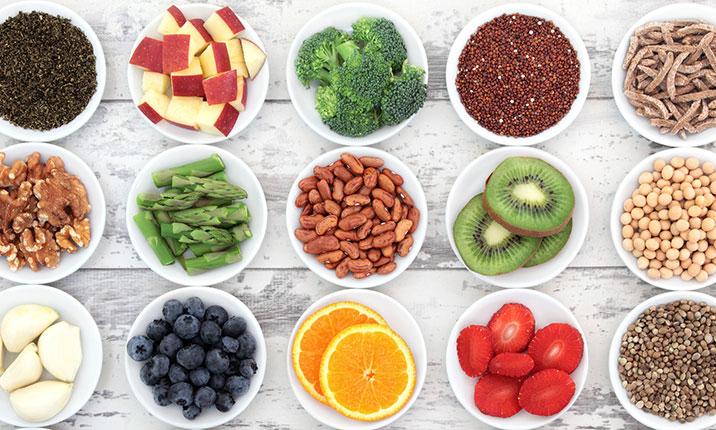It seems fitting that May is Mediterranean Diet Month: Springtime is a time for celebrations, and the Mediterranean-style eating pattern focuses so much on celebrating food and enjoying meals in the company of others. This lifestyle may be just as important for enjoying the many health benefits of the Mediterranean-style eating pattern as the food itself, yet it is something that is often overlooked when we talk about the “Mediterranean Diet” in pop culture. As we begin celebrating Mediterranean Diet Month, let’s take a moment to focus on lifestyle and how we can bring joy back to the kitchen.
In all of the various cultures in the Mediterranean region, preparing and enjoying food is viewed as one of life’s greatest pleasures, a reason for socializing, a form of art, an act of worship, a means of gift giving, culinary medicine, and much more. In cities, towns, and villages dotting the Mediterranean coastline, most of the food is served family-style at home. It is believed that the spirit in which food is offered is as important as the food itself.
The inhabitants of the island of Sardinia, off of Italy’s west coast, have been found to live healthier and longer lives than people of other cultures. In addition to eating traditional Mediterranean foods, researchers found that sitting down for a homemade family meal was one of the contributing factors for the optimal health experienced by Sardinians. Communal meals were found to promote feelings of support and stability, which help prevent depression and other psychological problems. This means that where, when, how, and with whom we eat may be just as important as what we eat when it comes to health and longevity.
When I wrote The Mediterranean Diabetes Cookbook, one of my aims was to nudge people back into their kitchens as a means of improving their diet and enjoying a new creative outlet. Confused about where to start? Here are some tips for bringing joy back into the kitchen and celebrating food with friends and family:
“We should look for someone to eat and drink with before looking for something to eat and drink.” – Epicurus
- Plan your meals. Plan meals on a weekly basis and Choose dishes that fit within your schedule for the week. Make a grocery list and plan out when you will prepare which dishes.
- Take your schedule into consideration. On days when you have an hour to cook, try preparing two quick main dishes. You can eat one that day and save the other meal for a day when you don’t have time to cook.
- Involve family members in the process. Post a schedule on the refrigerator and delegate tasks. One person can make the salad, another can do prep work, and so on.
- Start with easy recipes. Save elaborate meals for holidays and special occasions. If you focus on what you can do easily, you’ll be more likely to make it a habit.
- Have cooking parties with friends and relatives. Invite people over to cook meals with you. Once you’ve finished, sit down and enjoy the fruits of your labor. Don’t forget to save leftovers for another day!
- Start a theme night. If you have trouble getting everyone to sit down and eat together, start a theme night! Once a week, pick a theme like a favorite vacation spot, a place your children are studying in school, or a place you’d like to visit. Prepare a dish associated with that theme and follow up with an activity that matches.
- Start a journal. In the Mediterranean region, people are in tune with their eating process and it’s a major topic of conversation. Keep a journal and record differences in your eating styles, emotions, and physical feelings after eating homemade food versus prepared food. Write down how you feel eating by yourself or with loved ones. Tracking changes in emotions and moods can help reinforce changes in your eating process and keep you motivated.
To help you get started, here a couple recipes that celebrate the bounty of spring, and are great for feeding a crowd:
Orzo with Lemon, Artichokes, and Asparagus

Orange, Asparagus, and Avocado Salad
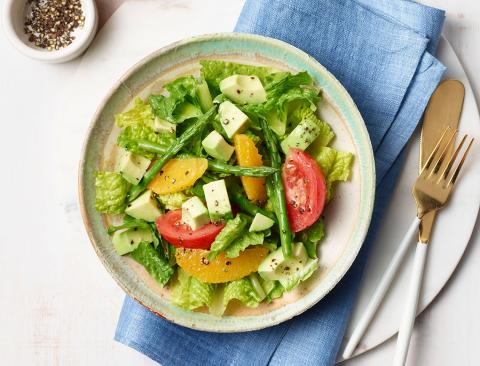
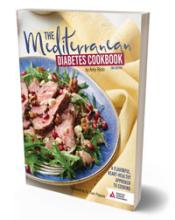
Amy Riolo is author of The Mediterranean Diabetes Cookbook.You can order a copy of the new edition directly from the American Diabetes Association by clicking here.
